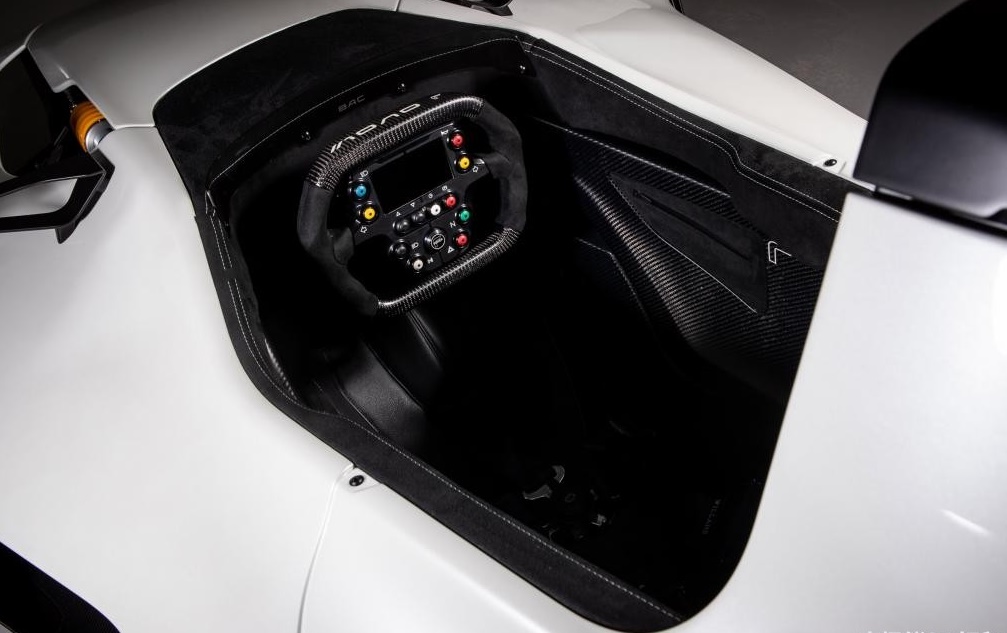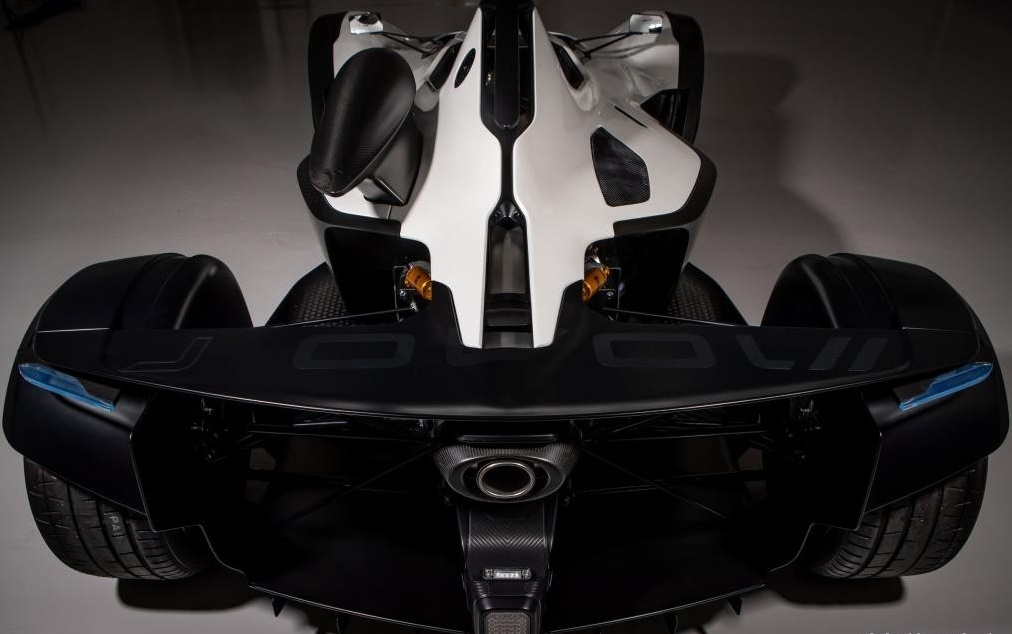recently,British supercar manufacturer Briggs Automotive Company (BAC) has partnered with global materials producer DSM (DSM) to integrate additive manufacturing into its new Mono R car.
They jointly developed3D printingCustom steering wheel handle,3D printingThe air intake and the redesigned Mono R key components finally reduced the car’s curb weight to 555 kg-25 kg lighter than the standard Mono super sports car.
Patrick Duis, Head of DSM’s Additive Manufacturing Automotive Business Unit, said: “BAC Mono is3D printingA perfect display of the potential to reshape the automotive industry, additive manufacturers provide unparalleled options for small-volume production and car customization. We are very happy to cooperate with BAC to optimize our materials for car manufacturers. “
 3D printingSteering wheel grip” alt=”Mono R. Photo3D printingSteering wheel grip” />
3D printingSteering wheel grip” alt=”Mono R. Photo3D printingSteering wheel grip” />
Last week, the car made its debut at the 2019 Goodwood Festival of Speed in England. Only 30 models of this luxury car were produced and sold out worldwide at a price of £190,950.
With the support of DSM’s high-performance polymer materials, BAC has shortened the design-to-manufacture time range of complex components.Previously, DSM’s Arnitel ID2060 HT high-performance thermoplastic copolyester (TPC) has been used in manufacturing3D printingCar air duct. Somos PerFORM resin is also used in Oxford Brooks Racing3D printingMold.
Apart from3D printingSteering wheel fixture and3D printingOutside of the air inlet, both DSM and BAC are continuing to improve the sustainability of the automotive industry.
Ian Briggs, BAC’s design director, explained: “We are proud to be the ultimate pioneer of BAC, and our partnership with DSM means that we can lead the trend again-this time in additive manufacturing.
“use3D printingWe not only reduced the weight, but also maintained sustainability and safety. We are very happy to see that the work on MONO R can be fully transferred to the automotive industry. “

According to BAC, Mono R designed 44 custom carbon fiber parts from the ground up. It is also known as the world’s first production car that uses graphene-enhanced carbon fiber to make its body.
In addition, DSM auxiliary materials enhance the structural characteristics of the fiber, making the panel stronger, lighter, and exhibiting higher mechanical and thermal properties.
Currently, DSM and BAC are cooperating to explore more organic and hollow internal structures3D printingDesign and production of components.

Compiled from: 3dprintingindustry
(Editor in charge: admin)


0 Comments for “British supercar BAC integrates 3D printing technology into the new car MONO R, reducing weight by 25 kg”